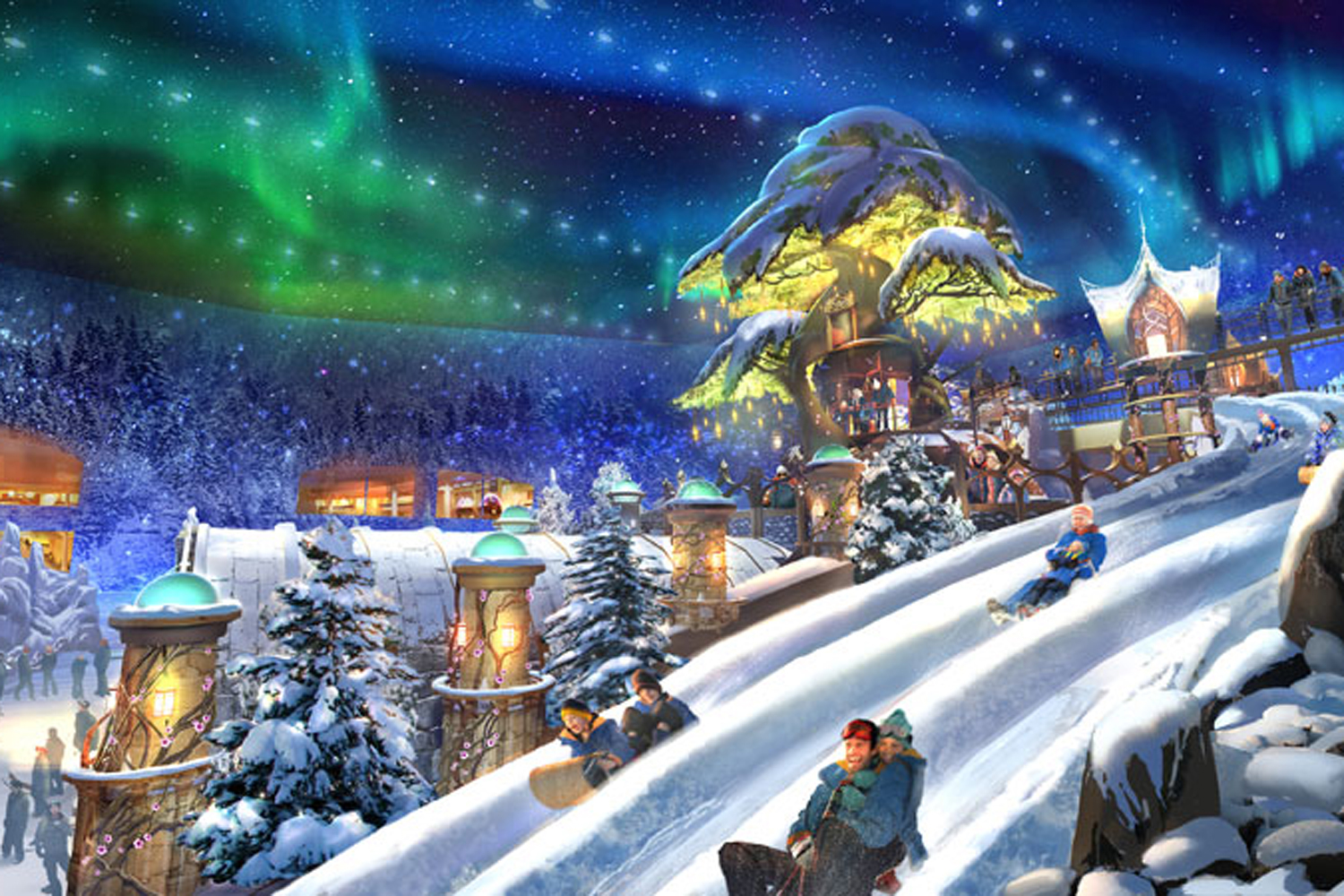

Feel free to read the code if you simply must know the pertinent details.Ĭonsult a map and it’s easy to understand why a few Kansas counties continue to cling to Mountain Time. Finally it shifted to the Department of Transportation upon its creation in 1966.Ĥ9 CFR 71.1 clearly defines the Kansan portion of Mountain Time. Then it switched to Federal oversight in 1918 under the Interstate Commerce Commission. Naturally they depended on standard times to define passenger and freight schedules.Īccording to the Department of Transportation, standard times were created in 1883 and each location could select its preferred time. That’s an historical artifact reaching back to the rise of railroads. Time Zones are defined in Title 49 of the United States Code of Federal Regulations, which deals with Transportation.

So it shouldn’t come as a surprise when I get there. Even the small rural road I plan to use appears to have a time zone notice ( street view). I will likely clip only the southernmost of those counties, namely Hamilton. Mountain Time includes Sherman, Wallace, Greeley and Hamilton Counties. There is a simple green sign announces the change. It begins about 35 miles before they hit Colorado. Most interstate travelers probably enter Mountain Time in Kansas while driving along Interstate 70. Many others used to do the same in previous decades. Nonetheless, four of Kansas’ 105 counties on its westernmost edge do in fact observe Mountain Time. The thought of referencing jagged peaks in a Great Plains state like Kansas seemed alien and out of place. The whole concept of Mountain Time in Kansas feels strange. One can’t be too choosy in this depopulated corner of the nation so I will take what I can get. That happens in other places sporadically, although not as rarely as moving east from Mountain Time into Pacific Time for example. I’ll move from Central Time to Mountain time while heading due north. Burns pointed out that my intended Dust Bowl route will traverse a psuedo-geo-oddity.


 0 kommentar(er)
0 kommentar(er)
